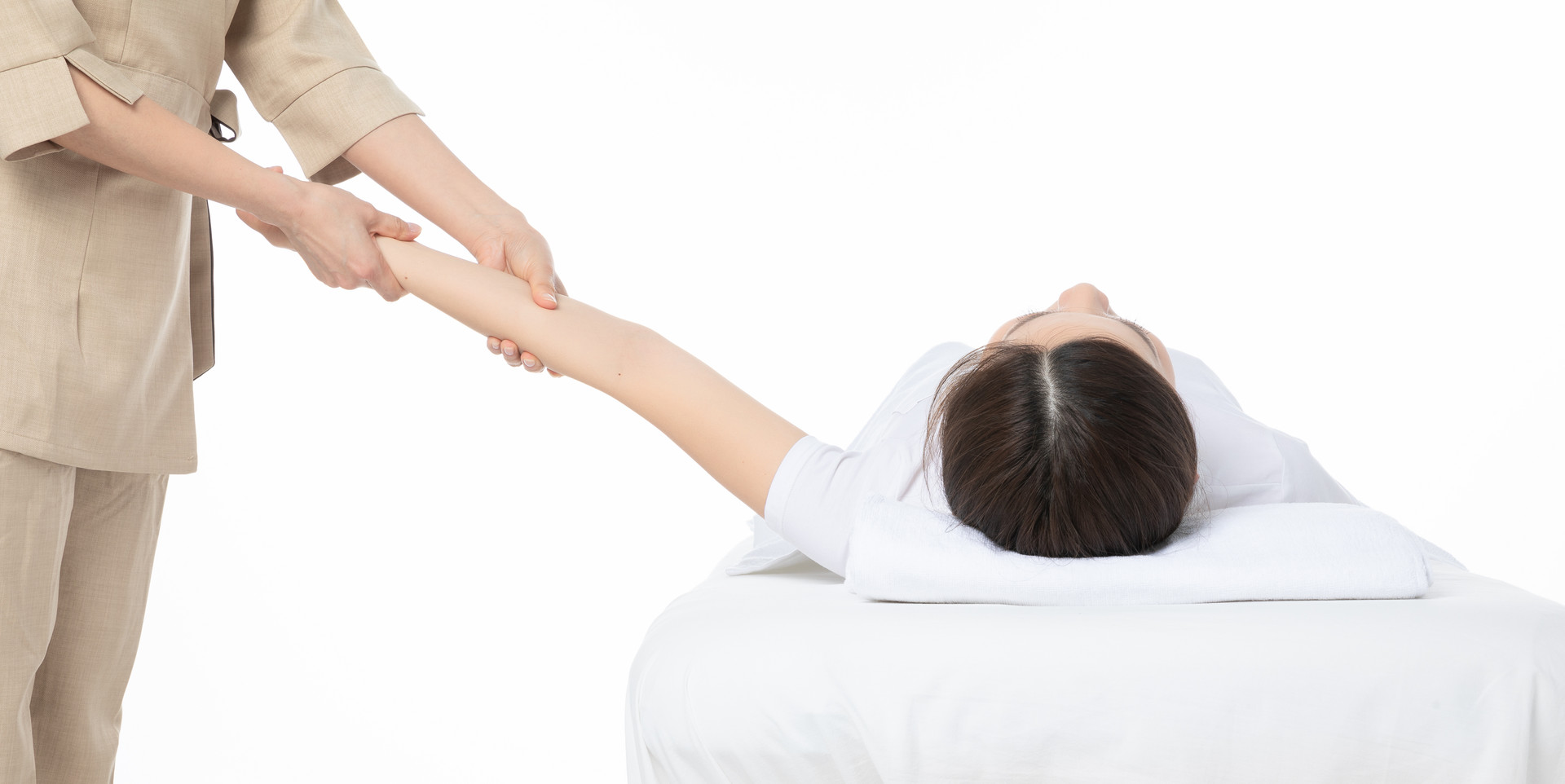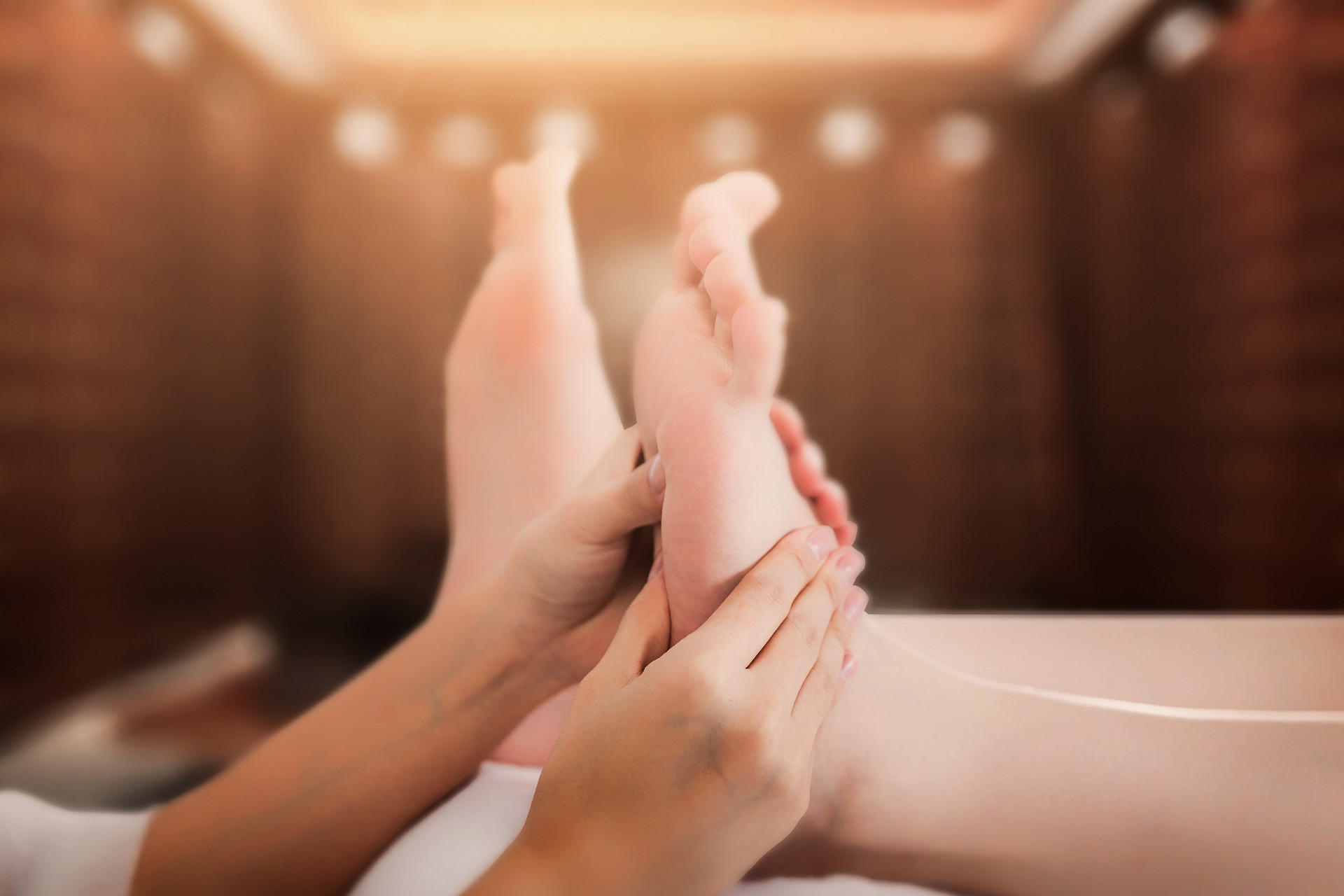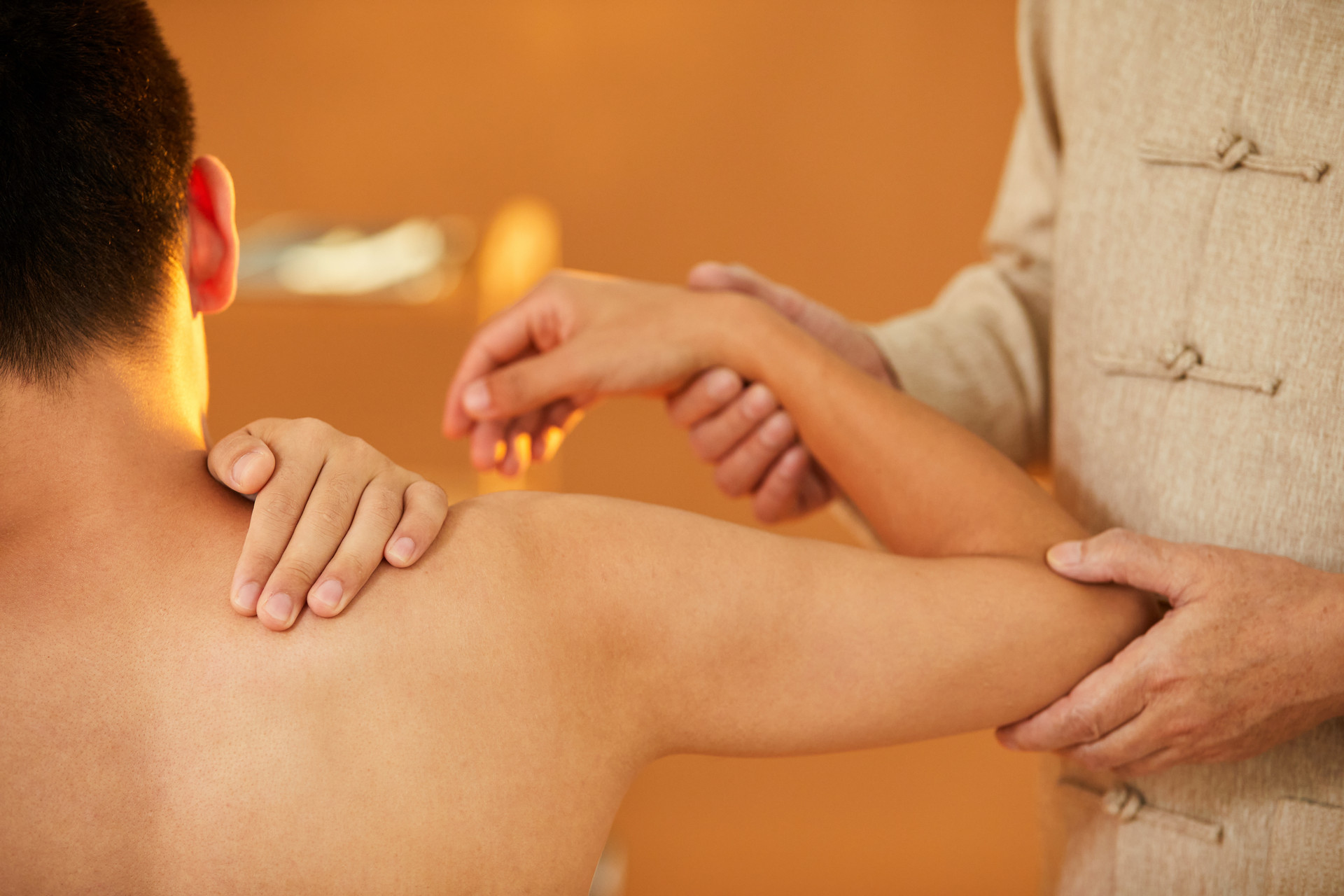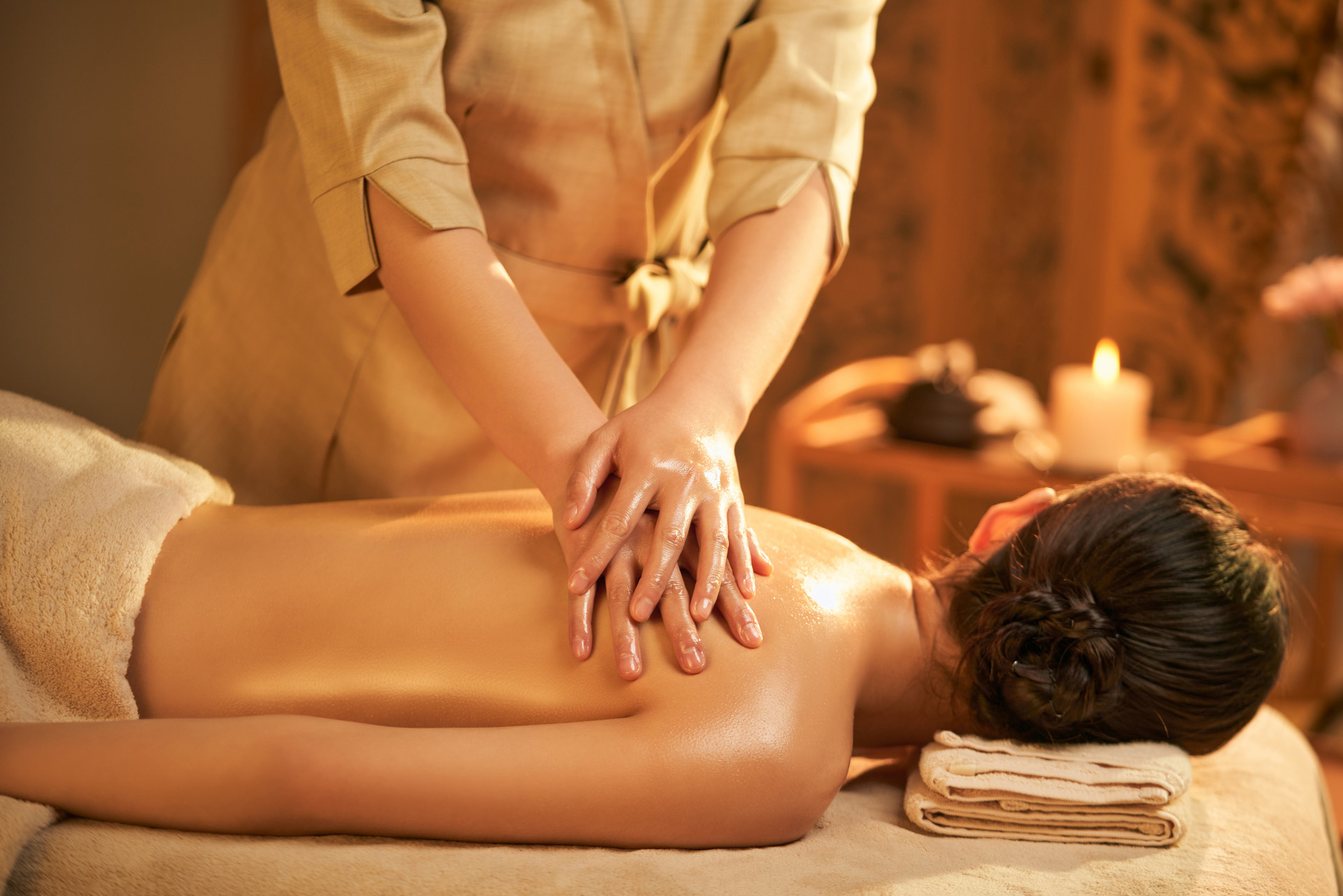
Pediatric Tuina is a part of traditional Chinese medicine external treatment. It is guided by the theory of traditional Chinese medicine and uses specific acupoints on the child's body to harmonize Yin and Yang, adjust the function of organs and qi and blood, so as to achieve the purpose of preventing and treating diseases. As a non-pharmacological therapy, pediatric Tuina is widely welcomed and trusted by parents due to its fast effectiveness, good therapeutic effects, and minimal pain.
Techniques of Pediatric Tuina
Pediatric Tuina differs from adult Tuina in terms of techniques. Pediatric Tuina requires light, gentle, stable, and effective techniques. Common techniques include pushing, kneading, rubbing, pressing, pinching, massaging, grasping, pounding, squeezing, holding, vibrating, rubbing, twisting, shaking, and scraping, to name a few.
Compound techniques are unique to pediatric Tuina, including techniques such as "Wasp Entering the Hole," "Wasp Exiting the Hole," "Pressing the String and Rubbing," "Seven Segments of Turtle Tail," "Rubbing the Abdomen and Massaging the Navel," "Scooping the Moon from the Bottom of the Water," "Clearing the Heavenly River," "Passing the Horse Over the Heavenly River," "Blue Dragon Swinging Its Tail," "Phoenix Spreading Its Wings," "Tianmen Entering the Tiger's Mouth," "Transporting Earth into Water," "Transporting Water into Earth," "Opening the Xuan Machine," "Adjusting the Five Zang Organs," "Clearing the Lungs," "Warming and Transporting the Dantian," and "Four Major Techniques for the Head and Face," among others.
Conditions Suitable for Pediatric Tuina
Pediatric Tuina can be applied to a variety of conditions, but some conditions require the use of medications or other treatment methods. Based on years of clinical experience, the author has come to the following insights.
1. Digestive system and respiratory system conditions are the advantages of pediatric Tuina. These conditions include abdominal pain, diarrhea, bloating, vomiting, loss of appetite, constipation, heatstroke, cold, fever, cough, and chronic tonsillitis, among others. In particular, acute functional abdominal pain, bloating, heatstroke, and fever often show immediate improvement after Tuina, with rapid effectiveness and high recognition by children and their families.
2. The techniques of the Governor Vessel and the Foot Taiyang Bladder Meridian are effective in many pediatric conditions and can be considered as basic techniques in pediatric Tuina. When treating excess patterns, the techniques can be slightly stronger to induce sweating, expel pathogenic factors, and eliminate stagnation.
3. "Spleen deficiency is common in children," so it is important to protect and nourish the spleen and stomach when making clinical decisions. When the qi of the spleen and stomach is strong, diseases are more likely to recover. Therefore, in the selection of basic treatment principles, it is often necessary to combine tonifying the spleen meridian, kneading the Bantian acupoint, and promoting the Eight Trigrams to invigorate the spleen and assist transportation.
4. For children over 2 years old with excess conditions, when they have fever, heatstroke, abdominal pain, or vomiting and diarrhea, scraping the back is more effective and faster, and it is not necessary to limit its use to severe and critical cases. With the help of a scraping board or ginger oil, appropriate techniques and strength can be applied, and the child can generally cooperate with the treatment.
5. Pediatric Tuina has its scope of application and its therapeutic effects should not be exaggerated. When encountering severe and critical conditions or complex diseases, it is necessary to combine other treatment methods to avoid delaying the condition and causing disputes. Each operation should last about 10-15 minutes, once a day. When scraping acupoints, generally only one operation is performed, or it is repeated after two or three days.
6. The following conditions are not suitable for pediatric Tuina: ① patients with bleeding disorders; ② severe malnutrition; ③ local skin infection or damage; ④ acute local sprains or fractures; ⑤ critical conditions such as heart, lung, liver, kidney failure, shock, etc.; ⑥ patients who cannot cooperate with treatment.
Common Conditions and Techniques of Tuina
Common Cold: It is characterized by nasal congestion, runny nose, cough, fever, headache, etc., often accompanied by vomiting, abdominal pain, and diarrhea. External pathogens, especially wind, are the main cause, often combined with other pathogenic factors such as wind-cold, wind-heat, summer dampness, and wind-dryness.
Treatment: Expelling wind and resolving surface.
Basic techniques: Four major techniques for the head and face, rubbing and pushing Baihui and Sishen acupoints, "Wasp Exiting the Hole" technique, pushing San Guan acupoint, holding Fengchi acupoint, holding Jianjing acupoint. For wind-cold cold, pinching Er Shan Men, kneading Wai Lao Gong, holding Lie Que to warm the meridians and dispel cold. For wind-heat cold, adding "Clearing the Heavenly River" technique, rubbing Nei Lao Gong, holding Jing Jia Ji to resolve the surface and clear heat. For autumn dryness cold, adding "Clearing the Heavenly River" technique, pinching and rubbing Er Ren Shang Ma to resolve the surface and moisten dryness. For summer dampness cold, adding scraping Jian Jia Ji and Da Zhui acupoints to clear summer heat and open the meridians. In case of vomiting and diarrhea, adding scraping Piyu, Weiyu, and Dachangyu acupoints, pushing Qi Jie Gu, kneading Qi Jie Gu, rubbing Qi Jie Gu.
Cough: It is a protective respiratory reflex action in the human body and can be seen in a variety of diseases. The basic pathogenesis of cough is the failure of the lungs to clear and purify. According to different causes, cough can be divided into external wind-cold cough and internal damage cough.
Treatment: Clearing and purifying the lungs.
Basic techniques: Clearing the liver and harmonizing the lungs, pressing Que Pen, rubbing Tian Tu, purifying and calming the lungs, rubbing and fanning the Fei Gong acupoint until it becomes red and hot. For cases with obvious external symptoms, adding four major techniques for the head and face, holding Feng Chi acupoint, holding Lie Que acupoint, holding Jian Jing acupoint. For cases with phlegm-dampness retention, adding coughing acupoint to induce vomiting, tonifying the spleen meridian, promoting Bantian acupoint, pinching and rubbing the four horizontal lines, promoting the inner Eight Trigrams. For cases of long-term cough due to insufficient lung qi, adding tonifying the spleen meridian, tonifying the lung meridian, tonifying the kidney meridian, and pinching the spine.
Chronic Tonsillitis: It is characterized by chronic enlargement of the tonsils in children, with aggravated symptoms during colds. It is mostly a chronic process, with the basic pathogenesis being incomplete resolution of true deficiency, phlegm stasis, and mutual obstruction in the throat nucleus.
Treatment: Supporting the upright and expelling the evil. Supporting the upright mainly involves regulating and tonifying the lungs, spleen, and kidneys, while expelling the evil involves transforming phlegm, expelling stasis, dispersing obstruction, and clearing heat.
Basic techniques: Pushing San Guan acupoint, clearing Tian He water, clearing Tian Zhu bone, rubbing and pressing Jiao Sun, rubbing and pressing the Tonsil acupoint, holding Feng Chi acupoint, pinching Shao Shang acupoint, pinching Yang Chi acupoint, rubbing and pressing Zu San Li acupoint, holding Jian Jing acupoint. For cases with deficiency of qi and yin, adding tonifying the spleen meridian, tonifying the kidney meridian, rubbing Er Ma acupoint, pinching the spine. For cases with gastric and intestinal accumulation of heat, adding clearing the stomach meridian, clearing the large intestine meridian, clearing Bantian acupoint, retreating the six organs.
Loss of Appetite: Refers to children's poor appetite for a long time, lack of interest in eating, or even aversion to food. Due to loss of appetite, inadequate nutritional intake can affect growth and development and may also lead to other conditions. Loss of appetite in children is often due to deficiency of the spleen and weakness of transportation, or stagnation in the middle jiao, which affects the intake of food by the stomach and intestines.
Treatment: Strengthening the spleen, promoting digestion, and resolving stagnation.
Basic techniques: Tonifying the spleen meridian, clearing the stomach meridian, promoting Bantian acupoint, promoting the inner Eight Trigrams, pinching and rubbing the four horizontal lines, rubbing and pressing Zu San Li acupoint, pinching the spine. For cases with gastric and intestinal stagnation, adding rubbing Zhong Wan, pushing the abdominal yin and yang, scraping the Piyu, Weiyu, and Dachangyu acupoints. For cases with deficiency of qi and yin in the spleen and stomach, adding pushing San Guan acupoint, massaging the abdomen.
Abdominal Pain: Often located around the navel, unable to differentiate between gastric pain or abdominal pain, so it is generally referred to as abdominal pain. Various causes can lead to obstruction of the gastrointestinal tract and blockage of qi, resulting in pain. Therefore, the common pathogenesis of abdominal pain is pain caused by obstruction.
Treatment: Promoting flow to relieve pain.
Basic techniques: Operating back shu acupoints, scraping from Liver Shu to Large Intestine Shu, rubbing and pressing Yi Wo Feng, Nei Guan, and Zu San Li acupoints, abdominal operations including rubbing, kneading, pressing, vibrating, pushing the abdominal yin and yang, holding the abdominal corners, and more.
For cases of cold pain, adding pushing San Guan acupoint, rubbing Wai Lao Gong acupoint. For cases with vomiting, adding clearing the stomach meridian, promoting the inner Eight Trigrams, pinching and rubbing the four horizontal lines, pushing Tian Zhu bone. For cases with diarrhea, adding tonifying the spleen meridian, promoting Bantian acupoint, pushing the seven segments of bone.
Diarrhea: The digestive function of the spleen and stomach is not yet perfect in children, and their digestive function is weak. Regardless of internal injury from diet or external pathogenic factors, it can cause spleen and stomach dysfunction and lead to diarrhea. The basic pathogenesis of diarrhea is that the small intestine cannot distinguish between turbidity and purity, or the large intestine has abnormal peristalsis.
Treatment: Distinguishing turbidity and purity.
Basic techniques: Four methods to stop diarrhea (Seven Segments of Turtle Tail, Rubbing the Abdomen and Massaging the Navel), tonifying the spleen meridian, pushing the large intestine meridian, clearing the small intestine meridian. For cases of excess patterns with diarrhea, adding rubbing Bantian acupoint, pinching and rubbing the four horizontal lines, promoting the inner Eight Trigrams. For cases of deficiency patterns with diarrhea, adding tonifying the spleen meridian, tonifying the kidney meridian, rubbing Zu San Li acupoint, pinching the spine. For cases of cold diarrhea, adding rubbing Wai Lao Gong acupoint, Yi Wo Feng acupoint, pushing San Guan acupoint. For cases of heat diarrhea, adding retreating the six organs, clearing Tian He water.
Febrile Convulsions: Often caused by external heat diseases and phlegm stagnation, invading the pericardium, and causing liver wind, resulting in high fever and convulsions. The internal movement of liver wind is the general pathogenesis of convulsions.
Treatment: Opening the orifices and awakening the spirit to treat the symptoms.
Basic techniques during the seizure: Preferably pinching Ren Zhong, Cheng Jiang, Shi Xuan (or Shi Xuan bleeding), Duan Zheng, Lao Long, Wei Zhong, Cheng Shan, using heavy and fast techniques, aiming for the child to experience pain and crying, to quickly stop the convulsion and revive the spirit. Basic techniques during the intermission: Clearing the heart and liver, pounding Xiao Tian Xin, clearing Tian He water, holding Qu Chi, holding Wei Zhong, holding Bai Chong, holding Cheng Shan, rubbing the Tiantu acupoint. For cases with excessive phlegm and saliva, adding promoting the inner Eight Trigrams, clearing the large intestine meridian, pinching and rubbing the four horizontal lines, rubbing the Bantian acupoint. For cases with deficiency patterns, adding tonifying the spleen meridian, tonifying the kidney meridian, rubbing Zu San Li acupoint, pinching the spine. For cases with cold fever, adding scraping Wai Lao Gong acupoint, rubbing Yi Wo Feng acupoint, pushing San Guan acupoint. For cases with high fever, adding scooping the moon from the bottom of the water, clearing Tian Zhu bone, pushing Qiao Gong, applying cold compresses to the fontanelle.







